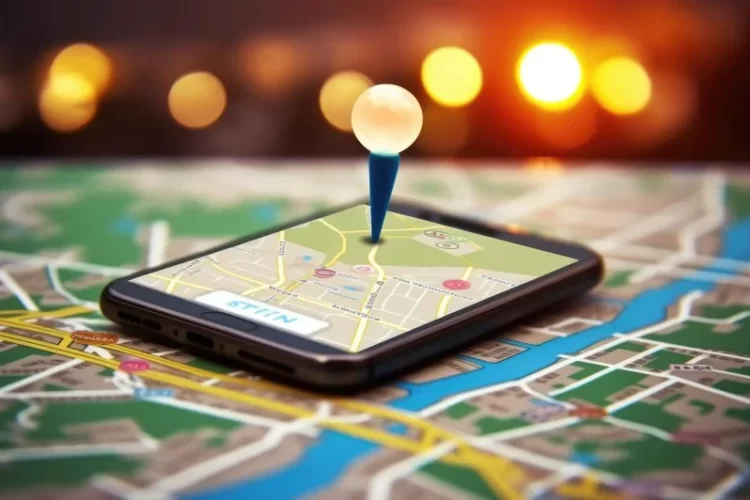
In the world of digital marketing with the best growth marketing agencies, every element of design plays a crucial role in capturing the attention of consumers and influencing their behavior. One such element that holds immense power is color. The psychology of color in digital marketing goes beyond aesthetics; it delves into the subconscious mind of consumers, triggering emotions and shaping perceptions. Understanding the impact of color can be a game-changer for marketers seeking to enhance brand identity, drive engagement, and ultimately boost conversions.
The Power of Color Psychology
Color psychology explores how different colors evoke specific emotions and perceptions in individuals. This phenomenon has been extensively studied and applied in various fields, including marketing. Marketers leverage the psychological effects of color to create compelling visuals that resonate with their target audience.
Red: Capturing Attention and Evoking Urgency
Red is a color associated with passion, energy, and urgency. In digital marketing, it is often used to grab attention and create a sense of urgency. Red can be particularly effective in call-to-action buttons, encouraging users to take immediate action, such as making a purchase or signing up for a newsletter.
Blue: Building Trust and Establishing Credibility
Blue exudes a sense of trust, security, and professionalism. It is commonly used by brands to convey reliability and establish credibility. Many tech companies, financial institutions, and healthcare providers incorporate blue into their branding to instill confidence and foster trust among consumers.
Green: Symbolizing Growth and Sustainability
Green is synonymous with nature, growth, and sustainability. In digital marketing, it is often associated with eco-friendly products, organic brands, and initiatives related to environmental conservation. Green can evoke feelings of harmony and balance, making it an ideal choice for brands seeking to portray themselves as socially responsible and environmentally conscious.
Yellow: Eliciting Optimism and Cheerfulness
Yellow radiates warmth, optimism, and cheerfulness. It is a color that captures attention and evokes feelings of happiness and positivity. Brands often use yellow to promote products or services that promise joy, energy, and vitality. However, it’s essential to use yellow sparingly as it can be overwhelming in large doses.
Black: Conveying Sophistication and Elegance
Black is synonymous with sophistication, elegance, and luxury. It exudes a sense of power and authority, making it a popular choice for high-end brands and luxury products. Black backgrounds or accents can create a sleek and modern aesthetic, enhancing the perceived value of a brand or product.
Applying Color Psychology in Digital Marketing
Understanding the psychological effects of color allows marketers to make informed decisions when designing websites, creating advertisements, or developing branding strategies. By strategically incorporating colors that align with their brand identity and target audience preferences, marketers can evoke the desired emotions and influence consumer behavior.
Testing and Optimization
While color psychology provides valuable insights, it’s essential to remember that individual preferences and cultural differences can influence how colors are perceived. Therefore, testing and optimization are crucial aspects of leveraging color psychology in digital marketing. A/B testing different color schemes, analyzing user feedback, and monitoring conversion rates can help marketers refine their strategies and maximize effectiveness.
Conclusion
The psychology of color is a powerful tool in the arsenal of digital marketers. By understanding how different colors impact emotions and perceptions, marketers can create visually compelling content that resonates with their target audience. Whether it’s using red to create urgency, blue to build trust, or green to symbolize sustainability, the strategic application of color psychology can elevate brand identity, drive engagement, and ultimately, enhance the success of digital marketing campaigns.


